US special operations and the importance of personnel recovery missions
- By Frumentarius
Share This Article
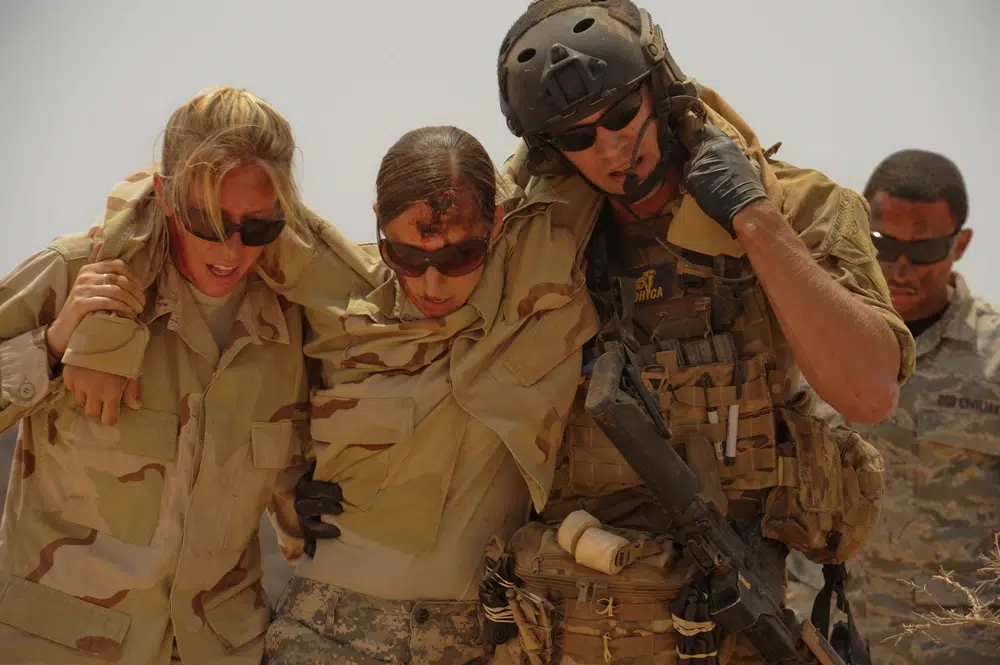
One of the more closely guarded mission sets within the U.S. military is Personnel Recovery (PR). As defined by the Department of Defense’s Joint Personnel Recovery Agency (JPRA), the PR mission is the “sum of military, diplomatic, and civil efforts to prepare for and execute the recovery and reintegration of isolated personnel.” In simplest terms, when a U.S. service member goes missing in combat, is captured, or in some other way becomes isolated from other U.S. forces, the military sets in motion its personnel recovery efforts.
Those efforts range from preparing service members on how to become and behave as a prisoner of war – through committing to the U.S. military’s Code of Conduct – to classified rescue missions to bring them home. In between those benchmarks fall the diplomatic and civil efforts, as well as Survival, Evasion, Resistance, and Escape (SERE) training, part of which involves training a service member to resist and escape captivity.
There are also highly classified programs that fall within the category of the personnel recovery mission set, the existence of which only a few in the entire Department of Defense (DOD) are aware. The U.S. military takes the PR mission very seriously, as we want our military to keep faith with the individual service members and make every effort to bring them home.
Related: The expert US special operators who could help free hostages in Israel
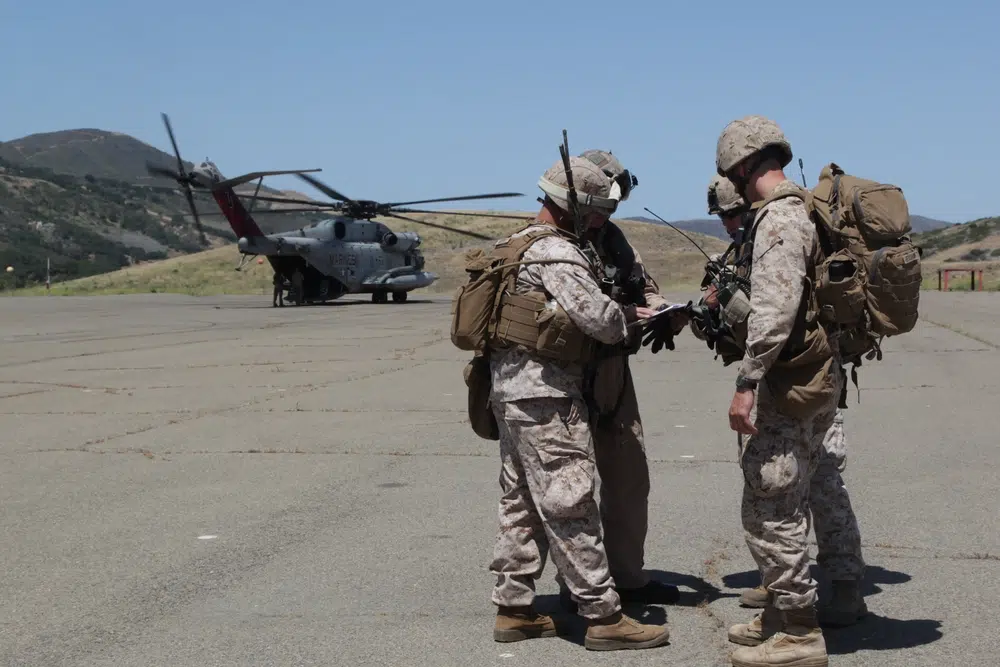
The various components of U.S. Special Operations Command (SOCOM) can all play a role in the PR mission, as required. For example, when Army PFC Jessica Lynch was injured and captured in Iraq, she was rescued by a combined Joint Special Operations Task Force, with support from the Marines. Similarly, when wounded Navy SEAL Marcus Luttrell was forced to escape and evade following compromise by enemy forces in Afghanistan, he was rescued by a contingent of U.S. Army Rangers and Afghan National Army soldiers. Both operations are good examples of the PR mission as executed by U.S. SOF combined with conventional forces.
Further, PR missions are almost always supported by the U.S. intelligence community through the provision of on-the-ground human and technical intelligence reporting, as well as satellite imagery and other methods of support. The whole U.S. national security and defense structure in a given theatre, in other words, becomes involved in trying to bring home a lost or captured service member.
Here, it is worth placing a special emphasis on the Air Force Special Operations Command (AFSOC) and its unique role in the PR mission. AFSOC’s Special Tactics Pararescuemen (PJs) are widely considered the premier force in the U.S. military when it comes to rescuing lost service members (in particular, downed U.S. pilots). The PJs are in fact the only DOD force specifically trained to conduct both conventional and unconventional rescue operations. Their primary function is to be personnel recovery specialists.
Related: Operation Porcupine: The Air Force plan to rescue downed F-16 pilots
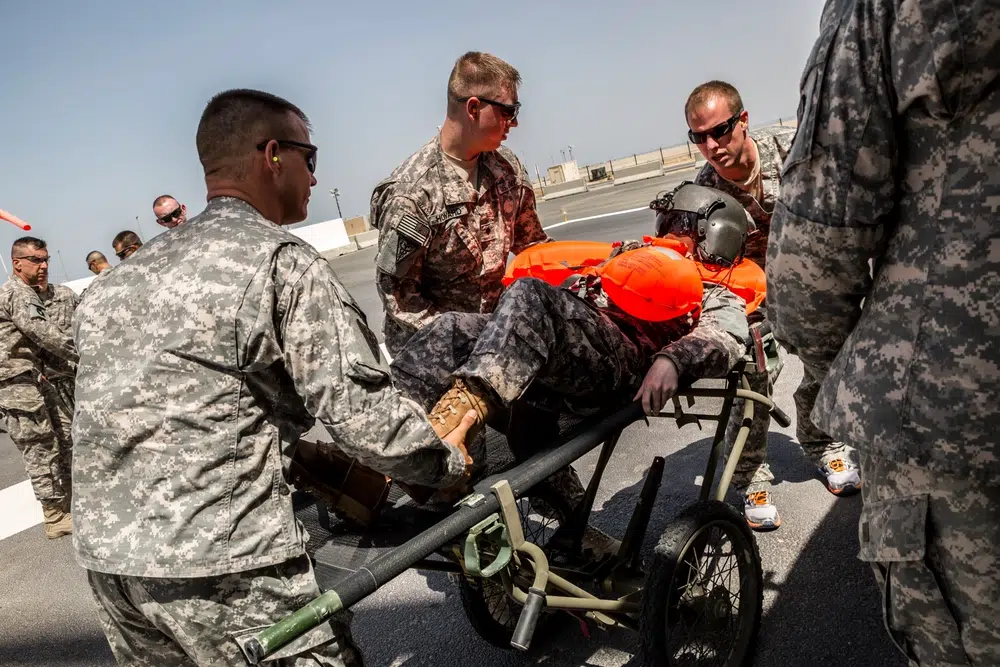
What differentiates the PJs from other SOF units that also conduct PR missions is both the advanced medical training they receive, as well as the broad range of technical rescue disciplines on which they train. These techniques range from technical extrication of trapped personnel from damaged/wrecked airframes, to rope rescues and water rescues, and everything in between. Therefore, PJs are of special importance when it comes to personnel recovery.
In contrast, a Navy SEAL element, for example, would primarily act as a direct action force in a combat PR mission. Similar to the Lynch and Luttrell rescues, the SEAL element would essentially be assigned to raid a target location, neutralize any on-scene enemies, and effect the rescue of the U.S. service member. Ofte a PJ contingent of one or two personnel will accompany a SEAL or other SOF element on such a raid, to take primary control of the possibly wounded U.S. service member who has just been rescued. The PJs would then be the primary responsible party for treating, packaging, and transporting the patient through the exfiltration process.
The PR mission is a complex and difficult one, and a mission that requires integration across different U.S. military components – both conventional and unconventional – as well as other parts of the larger U.S. government. Diplomacy could be involved, and both intelligence collection and special activities are also almost always required. Few operations will focus the mind in a combat zone like the rescue of missing U.S. personnel. Such missions become an “all hands” effort and are carried out with a sense of purpose and urgency that differentiates them from other more run-of-the-mill operations.
Read more from Sandboxx News
Related Posts
Sandboxx News Merch
-

‘AirPower’ Classic Hoodie
$46.00 – $48.00 Select options This product has multiple variants. The options may be chosen on the product page -

‘Kinetic Diplomacy’ Bumper Sticker (Black)
$8.00 Add to cart -

‘Sandboxx News’ Trucker Cap
$27.00 Select options This product has multiple variants. The options may be chosen on the product page
Frumentarius
Frumentarius is a former Navy SEAL, former CIA officer, and currently a battalion chief in a career fire department in the Midwest.
Related to: Special Operations
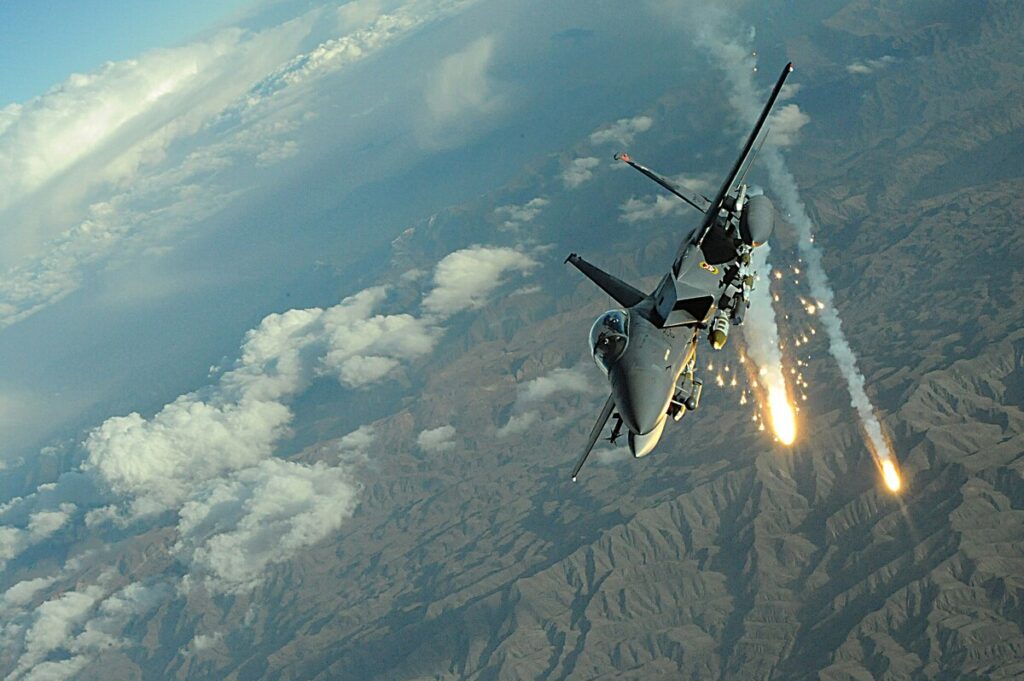
How an F-15E scored its only air-to-air kill… with a bomb
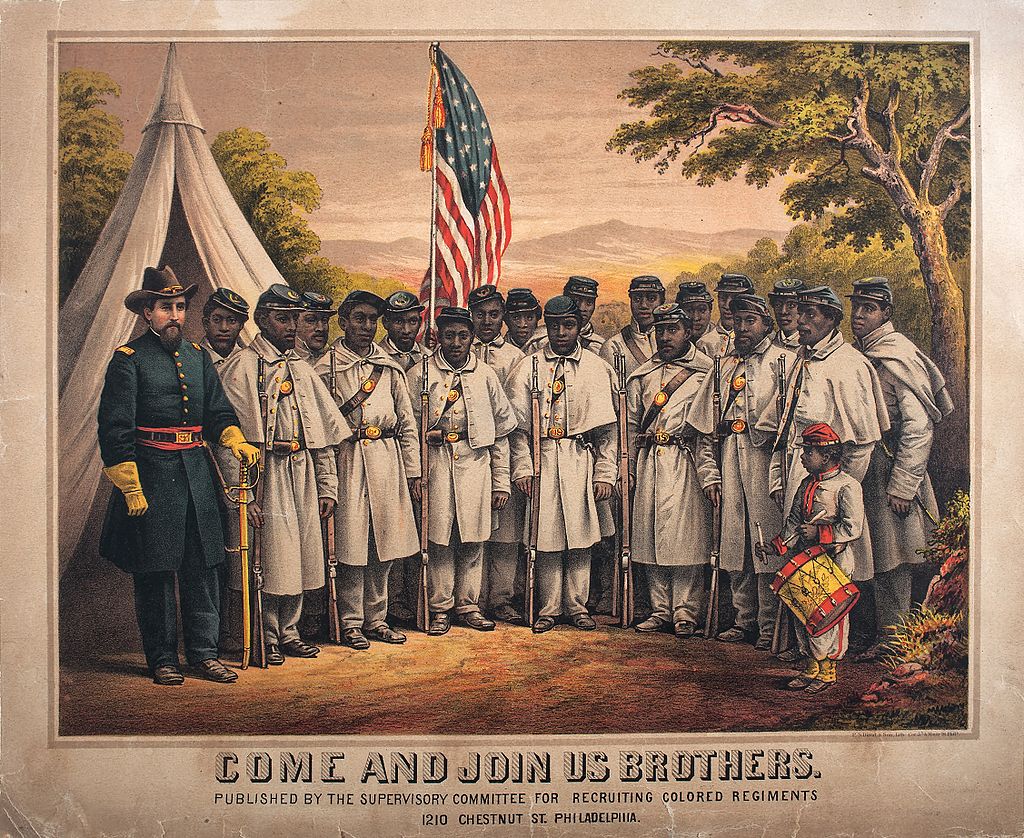
The military roots of Juneteenth and why we celebrate it
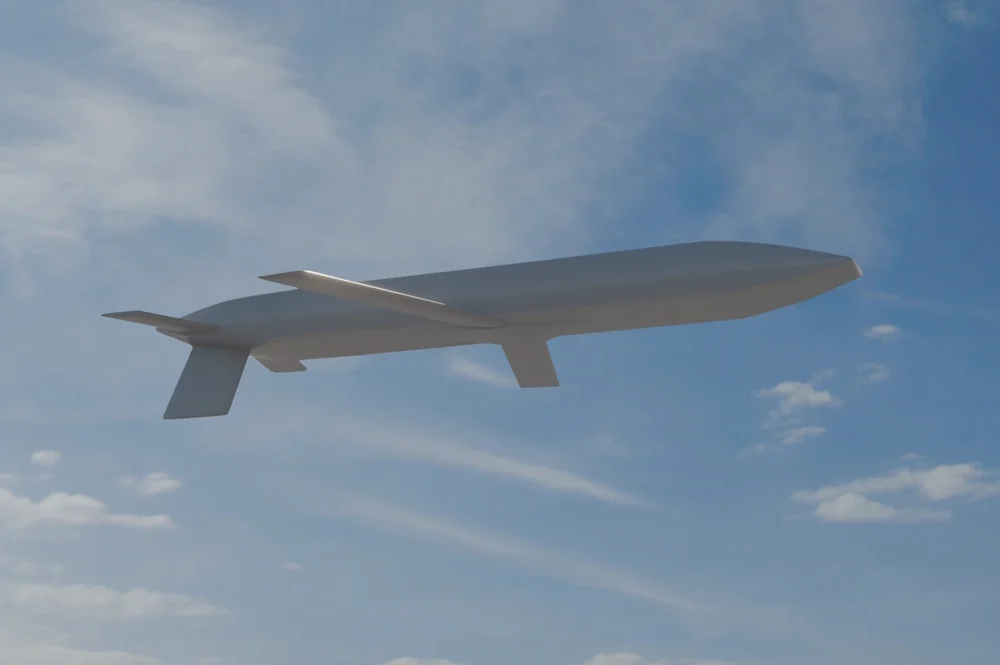
Air Force gives us a glimpse of its new AGM-181 LRSO nuclear missile
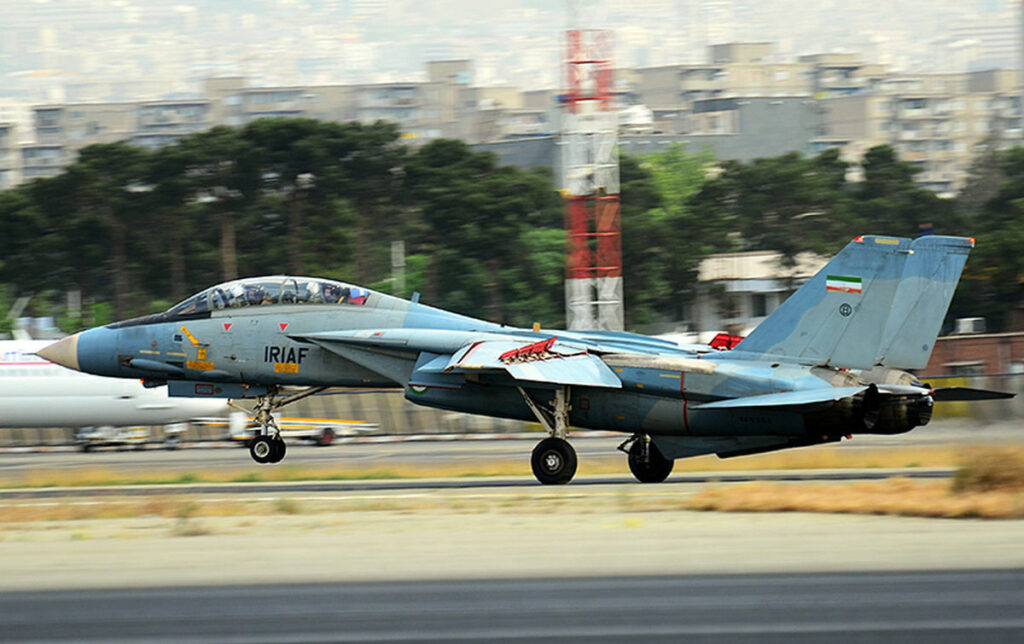
Israel wipes out Iranian F-14 Tomcats on the airstrip
Sandboxx News
-

‘Sandboxx News’ Trucker Cap
$27.00 Select options This product has multiple variants. The options may be chosen on the product page -

‘AirPower’ Classic Hoodie
$46.00 – $48.00 Select options This product has multiple variants. The options may be chosen on the product page -

‘AirPower’ Golf Rope Hat
$31.00 Select options This product has multiple variants. The options may be chosen on the product page -

‘Sandboxx News’ Dad Hat
$27.00 Select options This product has multiple variants. The options may be chosen on the product page
